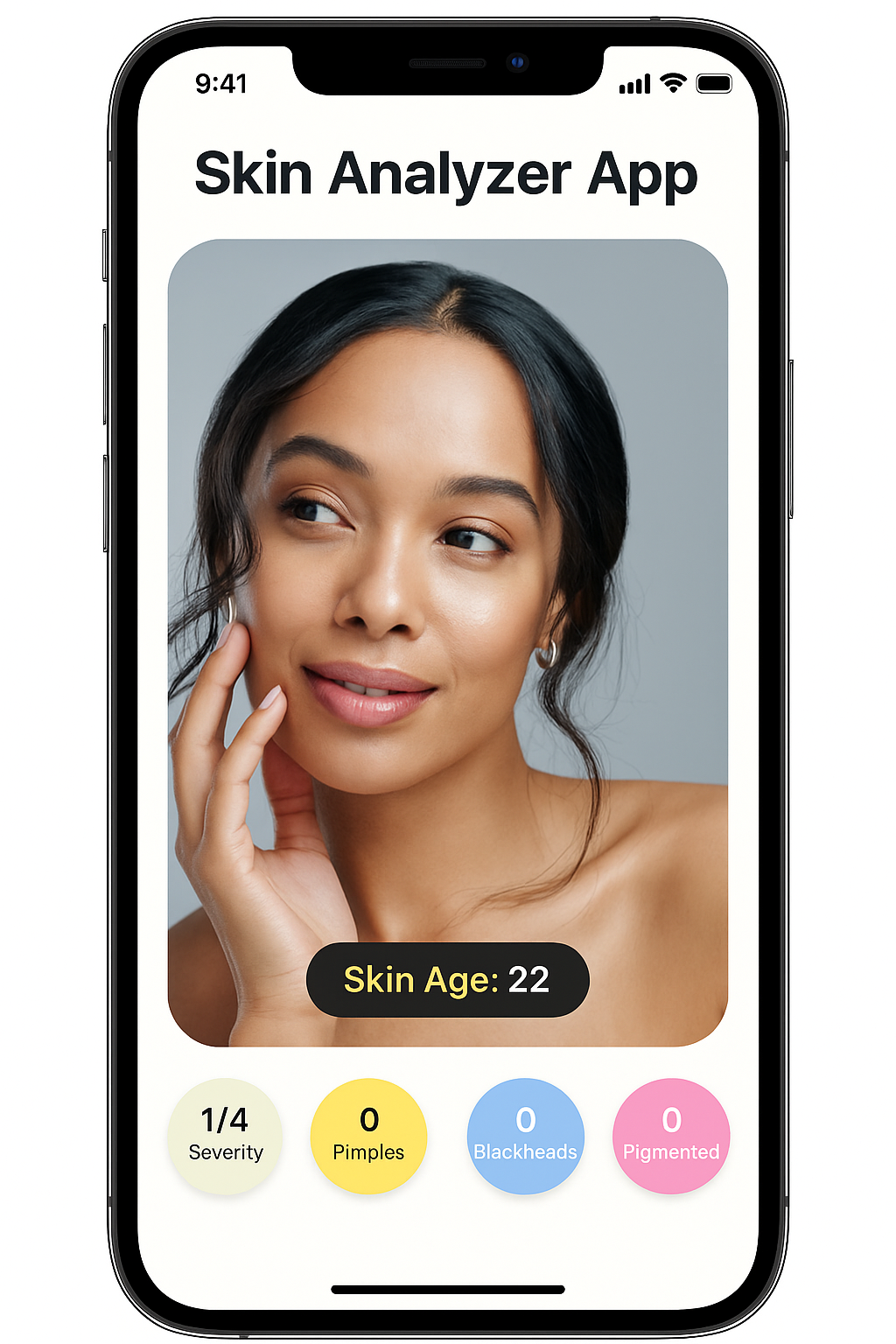
Traditional software waits for input. AI-driven software anticipates needs, learns patterns, and responds in real time. That flips the value equation for both users and businesses.
What AI-Powered Apps Do Better
- Hyper‑personalisation
Experiences evolve per user—fitness plans adjust to progress, lessons adapt to knowledge gaps, and interfaces reshape based on behavior. - Automation at scale
AI agents and chatbots handle support, enrichment, lead scoring, image enhancement, and workflow routing without human intervention. - Predictive & proactive intelligence
From fraud and anomaly detection to market, churn, or health-risk forecasting, AI helps apps act before problems surface. - Real-time understanding
Computer vision, NLP, and streaming analytics turn images, text, and telemetry into instant, actionable insights.
Where AI Is Already Winning (Far Beyond Big Tech)
1. Healthcare & Wellness
AI helps doctors analyze medical images like X-rays and MRIs for quicker, more accurate diagnoses. Remote monitoring devices track patient vitals 24/7, while AI chatbots assist with triage by suggesting care steps. In wellness, AI face-scanning apps analyze skin health, hydration, and even lifestyle habits to recommend skincare routines or health improvements.
2. E-commerce & Shopping
AI recommendation engines suggest products based on browsing history and preferences. Dynamic pricing adjusts costs in real time, while predictive AI forecasts customer needs. Smart shopping apps can even scan items and show personalized deals or bundles.
3. Nutrition & Fitness
AI meal-scanning apps instantly count calories, track macros, and provide detailed nutritional insights from a simple photo. Fitness apps use AI to create adaptive workout plans that evolve with a user’s performance, ensuring a more personalized and effective approach.
4. Finance & Trading
AI detects unusual spending to prevent fraud, helps manage budgets, and offers instant credit scoring. AI trading apps analyze stock charts, predict trends, and generate real-time signals for short-term and long-term trading strategies, making investment decisions faster and smarter.
The Web App Renaissance: AI Inside the Browser
Modern web apps rival native apps thanks to embedded AI layers that can:
- Optimise performance and UX based on behavior.
- Offer conversational, agent-like interfaces for navigation and support.
- Run visual recognition (e.g., product or meal scanning) directly from the browser.
- Replace keyword search with semantic, intent-aware discovery.
Example: A browser-based nutrition platform that analyses a meal photo and returns macros, calories, and ingredient warnings—capabilities that once required native mobile stacks.
What’s Coming Next: 5 AI Trends to Watch
- Generative AI everywhere
Apps will compose customised workouts, trading briefs, lesson plans, marketing copy—on demand, per user. - Multimodal, voice-first interfaces
Voice, images, and text merge into one continuous input stream for more natural interactions. - Cross-platform model memory
Preferences and learned behaviours travel with the user from mobile to web to TV to car. - Edge AI for privacy & speed
On-device inference reduces latency, cloud cost, and data exposure. - Security & explainability by design
Real-time threat detection + transparent, auditable AI decisions become table stakes in regulated sectors.
How Businesses Can Implement AI Smartly
- Start with the use case, not the model: Pinpoint where AI will create measurable value (recommendations, support, risk, analytics).
- Leverage cloud & managed AI stacks: Use AWS/GCP/Azure services, vector databases, and MLOps tooling to move quickly.
- Treat data as product: Build pipelines for clean collection, labeling, governance, and monitoring—bad data ruins good models.
- Bake in trust: Explainability, permissions, audit trails, and policy controls matter—especially in health and finance.
- Iterate with feedback loops: Measure drift, UX impact, and business lift; retrain or fine‑tune continuously.
Final Thoughts
The apps that win from here won’t “add AI” as a feature—they’ll be architected around intelligence from day one. They’ll be cross‑platform, context‑aware, privacy‑respecting, and constantly learning. Users will feel it as less friction, more foresight, and products that seem built just for them.
If you’re still treating AI as optional, you’re already late. Treat it as the brain of your product—and build the rest around it.








